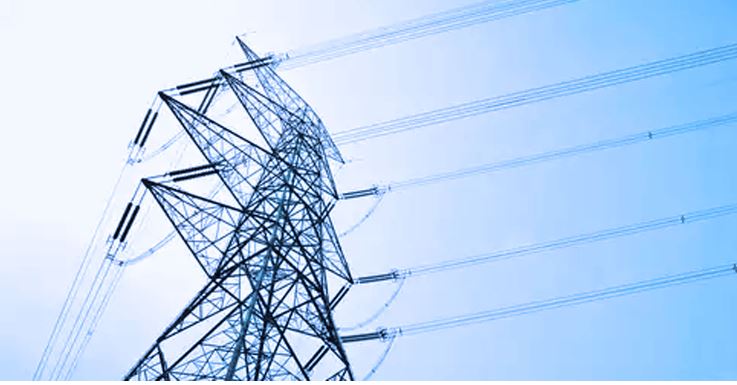KATHMANDU: This year’s devastating floods and landslides have severely impacted electricity production in Nepal, leading to a loss of at least 1,100 MW of hydroelectric power due to disruptions in production and transmission.
The damage has complicated the transmission and distribution systems of various hydropower projects, with the capacity of stalled projects estimated to be around 650 MW.
The Nepal Electricity Authority (NEA) has indicated that meeting the current demand will be challenging, as many power stations remain closed due to the emergency triggered by the disasters.
According to preliminary reports from the Ministry of Energy, the incessant rains have damaged 36 power generation projects with a combined capacity of 1,100 MW.
Notably, the Kabeli Corridor projects, crucial for meeting the energy demands of eastern Nepal, suffered significant damage during the recent floods and landslides, resulting in a loss of approximately 200 MW due to the destruction of three transmission line towers.
Similarly, a tower of the Khimti-Lamosangu transmission line, which supplies electricity from the Tamakoshi Corridor to Kathmandu, was washed away by the Tamakoshi River, causing an additional loss of 200 MW.
Furthermore, the Khimti-Dhalkebar line has seen its 220 KV tower compromised, and a tower on the Bardaghat-Sardi 132 KV double circuit line collapsed due to the relentless rainfall.
NEA officials reported that the Bardaghat municipality-5 experienced tower collapses alongside the East-West Highway due to road failures.
This has particularly affected Hongshi Shivam Cement, located in Binayi Triveni Rural Municipality, which has been without power since Monday evening after a transmission tower fell.
While the closure of individual hydropower projects may not have extensive repercussions, damage to transmission towers can lead to widespread disruptions. NEA Managing Director Kulman Ghising emphasized the significant challenges in managing electricity demand under these circumstances.
The destruction of access roads has hindered the transport of construction materials, further complicating maintenance and construction timelines for affected projects.
Energy Minister Deepak Khadka stated that discussions with the Ministry of Finance regarding reconstruction, road access, and insurance will be necessary to address the ongoing crisis in the energy sector.
The energy sector has faced repeated setbacks from floods, landslides, and heavy rains in recent years.
In 2074 BS, over a dozen NEA substations and structures were damaged due to heavy rainfall. Similarly, floods in June 2078 BS affected multiple projects, including the 44 MW Super Madi project in Kaski, which incurred losses of around Rs 1 billion due to washed-away equipment and infrastructure.
Insurance claims for these disasters have been problematic; last year alone, insurance payments totaled Rs 7 billion, and this year’s liabilities are expected to rise.
Experts have urged for improvements in pre-project studies, design processes, and forecasting systems to better mitigate the impacts of future floods and landslides on the energy sector.








Comment